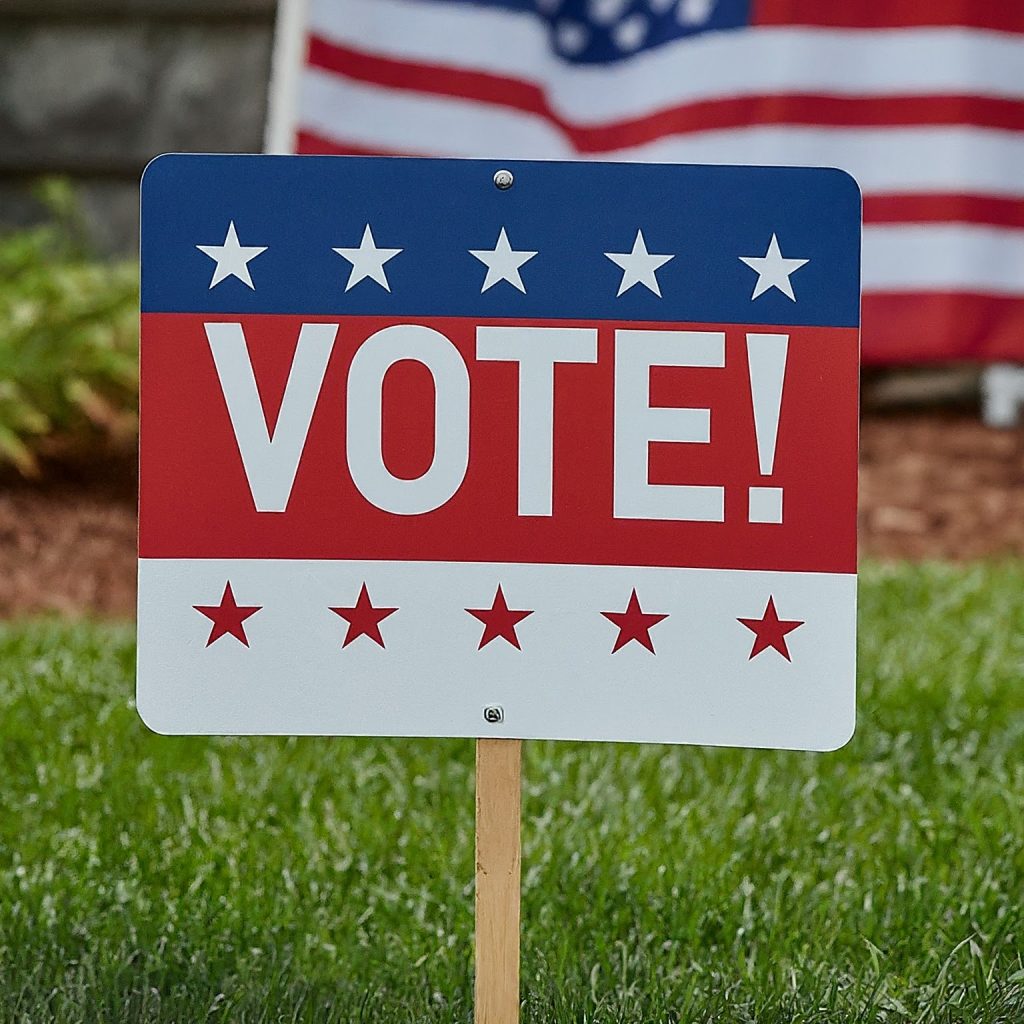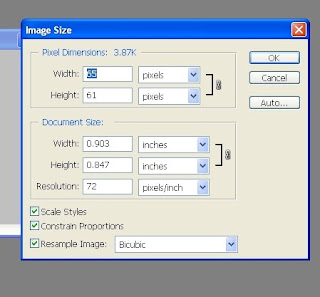Magnetic Signs: Rules of Attraction
I know you have heard the phrase “opposites attract”. I’m going to have to say that’s pretty true for the most part! But the laws of attraction are varied and can seem a little overwhelming. There are so many “do’s” and “don’ts”, body language, expressions… well, you get the idea. So much to remember as if attraction wasn’t complicated enough already! How wonderful to know that there is one attracting option that doesn’t have all these rules!
You want customers – you have to attract them. The methods are still varied, but there is one that continues to stick around. Magnetic signs! See, and you thought this was going to be a totally off topic “rules of attraction” piece :).
You can use a combination of advertising methods (highly recommended) but once the signs are placed, the flyers are out, and your banners are fluttering in the wind, what options do you have for ads that get seen everywhere? Magnetic signs, of course! There are virtually no limitations on the design of a custom magnetic vehicle sign and they offer you the ease of a one minute removal.
Magnetic signs work great for:
Commercial Fleets
Official Vehicles
Service Fleets
Novelty Magnets
Realtor Vehicles
Delivery Vehicles
Magnetic signs are made of a magnetic material backing with high quality vinyl adhered to the front side of the magnet. Depending on the design, the vinyl adhered can be a full sheet of digitally printed vinyl or die cut vinyl decals placed on the magnet.
Common placement of magnetic signs include the left front door, right front door, or back of the vehicle. As a warning, magnetic signs should never be placed on fresh paint. Allow at least 60 days for paint to cure. When installing magnetic signs, ensure that both the vehicle surface and the magnet surface is clean. If even a small amount of dirt is left on the surface it increases the chances of the magnetic signs falling off and the chance that the vehicle paint job will be damaged.
Cleaning magnetic signs is very easy. You can use any household cleaner and a soft cloth. Wet the soft cloth or sponge and wipe down the sign. Always remove magnetic signs before taking your vehicle through any car wash. Also remember to periodically remove the sign and wash and wax underneath the magnet.
Removing a magnetic sign is simple, Start at one side of the sign, lift off and slowly roll back. Magnetic signs should always be stored adhered to a steel surface or laid flat. Never roll up magnetic signs for long period of time, as they will retain the rolled shape after awhile and will not stay flat on the surface of your vehicle. Also do not store your magnetic signs back to back as they will lose their magnetism. Store them on a flat metal surface like the side of your fridge or a steel door.
Now you know! Magnetic signs are easy to install, great to use, and attractive!




